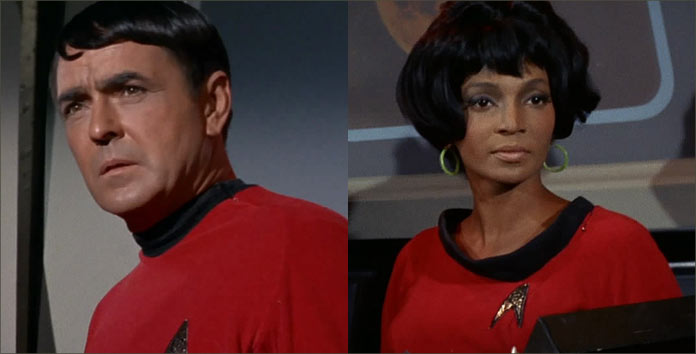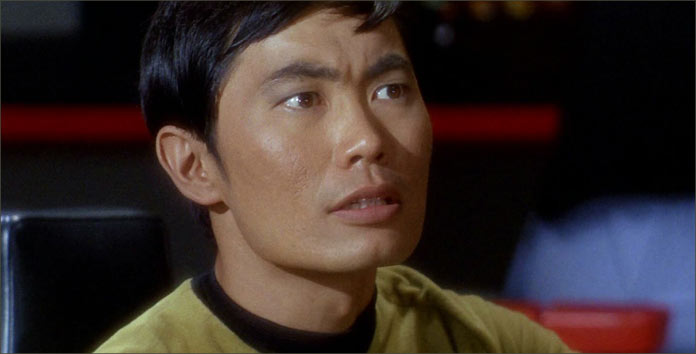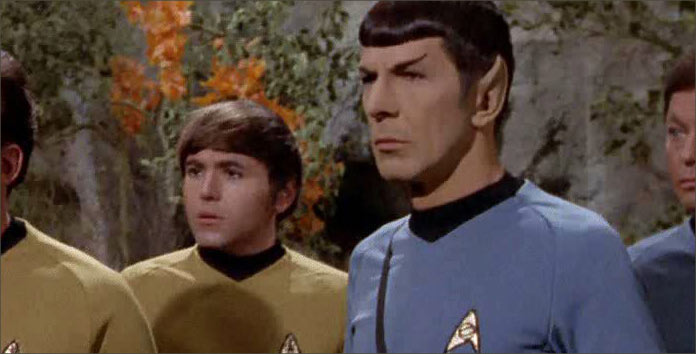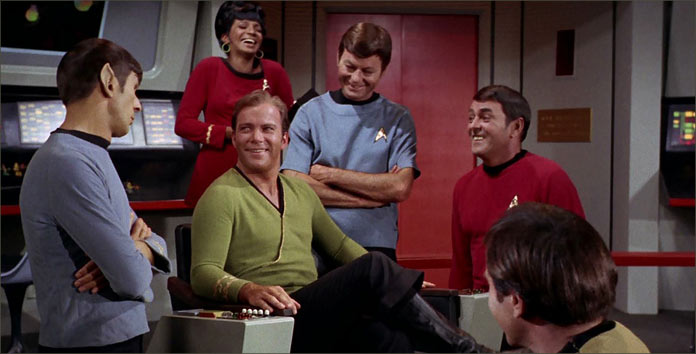An epic new Star Trek saga by New York Times bestselling author Greg Cox set during the original Five-Year Mission!
The final frontier erupts into chaos as vast quantities of a rare energy source are discovered beneath the surface of Baldur III, a remote planet beyond the outer fringes of Federation space.
Now an old-fashioned “gold rush” is underway as a flood of would-be prospectors, from countless worlds and species, races toward the planet to stake their claim.
The galactic stampede threatens the stability of neighboring planets and space stations, as widespread strife and sabotage and all-around pandemonium result in a desperate need for Starfleet assistance.
Captain James T. Kirk and the crew of the Starship Enterprise are dispatched to deal with the escalating crisis…which lies on the other side of a famously perilous region of space known as the Antares Maelstrom.
Greg Cox’s new classic Star Trek novel The Antares Maelstrom is a fun, light adventure. It is the perfect, easy late summer vacation reading – perhaps for your Labor Day weekend getaway.
Always enjoyable, but never demanding, The Antares Maelstrom is a frontier tale, aping the California gold rush if it were set in space, and if the USS Enterprise was assigned by Starfleet to respond.
Where May’s The Captain’s Oath was solidly a James T. Kirk story, The Antares Maelstrom is a book that gives every member of the USS Enterprise senior staff something to do. The book achieves this by dividing into three storylines – one focused on Sulu, a second on Spock and Chekov, and the main story following the rest of the senior staff aboard the Enterprise.
The main plot revolves around the Enterprise orbiting Baldur III, a frontier colony that has discovered large deposits of a rare mineral vital for energy production on Federation worlds, pergium (a compound first introduced in the classic episode “The Devil in the Dark”). This plot line, which includes many of the ideas and themes common to a western tale – and maybe some of the stereotypes – has nice stories for Uhura and Scotty particularly.

It is always a joy to see Scotty, a sometimes underutilized character, get an adventure of his own. And though it’s a bit predictable, the Scotty story was probably my favorite of the novel. Uhura also gets a good subplot on the surface of Balder III, as she initially works to take the temperature of the locals but quickly emerges as a key character as a crisis begins to unfold. It is enjoyable to see Uhura take on a leadership role in any situation, and she firmly steps up in this story without the supervision of superior officers like Kirk or Spock.
The second main storyline involves Sulu, who is left behind by Captain Kirk on the final space station before ships reach Balder III. His mission is to support the station’s overworked personnel, who are dealing with a large number of incoming ships and passengers bound for the newly prosperous Balder III to seek their fortune.
While there, Sulu meets an old flame who has uncertain intentions, and must unravel a mystery. It is always nice to see Sulu take on a command role, and the ultimate resolution of the station storyline has a nice tie in to an episode of the Original Series, but this is also a largely paint by numbers subplot.

The final subplot of the novel – and probably my least favorite – involves Spock and Chekov being dispatched by Kirk to investigate a suspected smuggling operation on a pre-warp planet not far from Baldur III. The two storylines are loosely connected, which is why this subplot does not feel entirely tacked on.
But ultimately, this plot line just did not work for me. In order to give each character a good story, each ultimately had to be relatively short in order to fit into the book’s page length. As a result, all the stories in the novel are rushed, and the Spock/Chekov story feels like the one that suffered the most.
Spock makes several, frankly, quite dumb choices in this book, which are passed off as “the logical thing to do,” but which smack much more of being what the plot demanded in order to push the story along. There is a sequence in which Spock and Chekov are captured, and while the book presents that as having been a logical choice by Spock, they ultimately find themselves in a very difficult position that they only get out of by sheer luck. While it might have felt true to the plot, this whole sequence did not feel true to the characters.

That’s ultimately a shame because Cox is probably the most accomplished Star Trek author in terms of capturing the characters and voices of the classic Trek cast. It feels like he was overly ambitious with this book – while it is certainly great that we get nice stories for pretty much the whole crew, they all suffer as a result because none are given quite the length that they need in order to be fully developed.
In addition, you might have noticed that my review does not really talk at all about the titular spatial region of the book – the Antares Maelstrom. Inspired by a line of dialogue from Star Trek II: The Wrath of Khan, the Maelstrom is a large and dangerous nebula that sits between Federation space and Balder III. And the reason I am not talking much about it is because, well… it isn’t really in the book all that much.
There is a sequence at the end of the book where the Maelstrom plays an important role, but other than that it serves only as a device to demonstrate that Balder III is distant from fast help and it is a treacherous journey to get there. It’s a bit disappointing — the book is called The Antares Maelstrom, after all! — but ultimately, as depicted, it’s just another formidable nebula, so maybe it’s to the book’s credit that it does not spend much time there.

Don’t get me wrong, this book is a lot of fun and I thoroughly enjoyed reading it. And while it’s probably not going to feature in anybody’s top ten list, it doesn’t need to. It’s a perfectly light, enjoyable western-style adventure that features some of your favorite characters being thoroughly good at their jobs.
If that’s the worst that you can say about any Star Trek novel, we’re in a pretty good place.
